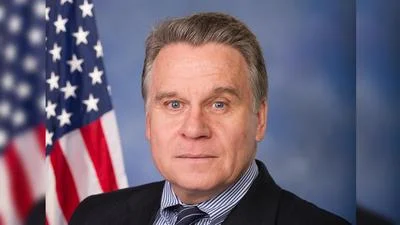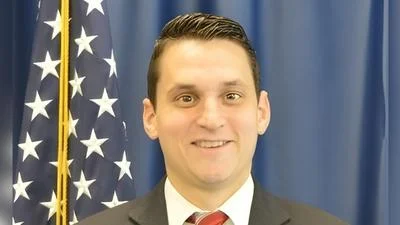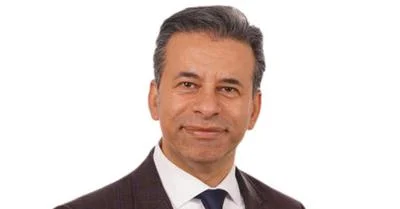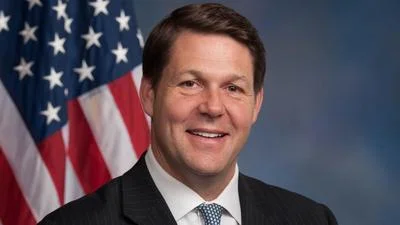We are here today to talk about the budget for the Labor Department - an agency that carries out critical missions for working families, from job training to workplace safety. So it is unfortunate that we have seen so many budget cuts for this agency in recent years.
We are here today to talk about the budget for the Labor Department - an agency that carries out critical missions for working families, from job training to workplace safety. So it is unfortunate that we have seen so many budget cuts for this agency in recent years.
I would have hoped that the President's budget would have provided more resources - more than roughly level funding for the Department of Labor, given its centrality to creating jobs and rebuilding our country.
The largest part of the Department's budget goes for job training, and there's no doubt as to the need for that investment. The future of the economy lies in jobs that require knowledge and skills, and those jobs also offer the best chance for decent, livable wages and benefits.
As the economy recovers and grows, we need to be sure that companies can find workers with the skills and credentials they need, and that workers have access to the education and training needed to fill those jobs. This is what job training programs do.
In my state, the Workplace, led by Joe Carbone, has taken advantage of these Department of Labor programs to help long-term unemployed residents find better, richer, and more fulfilling employment. Joe has now launched Platform to Employment, a public-private partnership to help the long-term unemployed all across Connecticut gain skills and go back to work. It is now expanding to ten cities and could be enhanced with Workforce Investment Act dollars.
This type of training, and a broad array of other workforce investment initiatives, not only helps to put workers back on the job - It grows the economy. But despite the obvious need, federal support for job training has actually gone down over the years.
Between 2002 and 2012, appropriations for these Labor Department programs decreased by $749 million. Adjusted for inflation and population growth, that is a 30 percent reduction. And sequestration has added more than $250 million in additional cuts.
To compound these deep cuts, the House Majority recently passed the so-called SKILLS Act, which would freeze investment in this area for seven years. It would also adopt a one-size-fits all approach by collapsing all existing programs into a single Workforce Investment Fund, thus endangering important services for women, youths, disabled workers, the elderly, and veterans.
To make matters worse, the budget put forward by Chairman Ryan assumes this consolidation, and it keeps sequestration levels in effect. The National Skills Coalition has said that nearly two million individuals would lose access to employment and training programs as a result.
Clearly, the President's budget request before us today does move us in a better direction.
I am pleased to see the proposal to increase veterans' job training services by almost $100 million. After our brave men and women have served this nation, the least we can do is ensure that they have the opportunity for a good career when they come home.
I also applaud the additional resources proposed for the Job Corps. All across the country, Job Corps centers provide critical support for young people to prepare for the job market, and acquire the technical and vocational education that will help them to achieve their dreams.
With that in mind, I am pleased that the student enrollment freeze is being lifted, and that we were able to get this program some much needed transfer authority in the continuing resolution. I will continue working with the Department to put the Job Corps on a sounder footing moving forward.
Another important mission of the Labor Department is enforcing our nation's basic labor standards. Wage and hour laws, for example, still have a very important role in preserving at least a minimal standard of living for people who work hard.
A recent survey of workers in low-wage industries in New York, Chicago, and Los Angeles found that 26 percent were paid less than the minimum wage, and that overtime violations were widespread.
So I am glad the President's budget includes additional funding for enforcement of wage and hour and family medical leave laws.
Occupational safety and health laws are vital to trying to make sure that people's jobs do not threaten their lives or their health. A great deal of progress has been made since OSHA was created in 1970, but we still have a long way to go.
In 2011, 4,609 workers were killed on the job and there were 3.8 million reported workplace injuries and illnesses. The President's budget includes at least minimal but important increases of one percent for OSHA and two percent for MSHA to better protect our workers. I am concerned, however, that those dollars may not be enough. There is a great deal that needs to be done for mine safety and occupational safety.
While there is much to support in this budget, I do want to mention two particularly troubling aspects- the cut to the Women's Bureau and the elimination of the Women in Apprenticeship program.
Both these programs continue to serve important functions improving the work environment and opportunities for women, and I hope they can be maintained in their current form and enhanced.
In any case, we have much to discuss today. The work that this Department does is so vital to strengthening and protecting our nation's workers and maintaining a strong middle class.
So thank you for joining us, Mr. Harris. I look forward to talking with you today about how we can best create a budget that expands opportunities for people to succeed in today's economy and provides for an economically secure and safe workforce.
Source: U.S. Department of HCA








